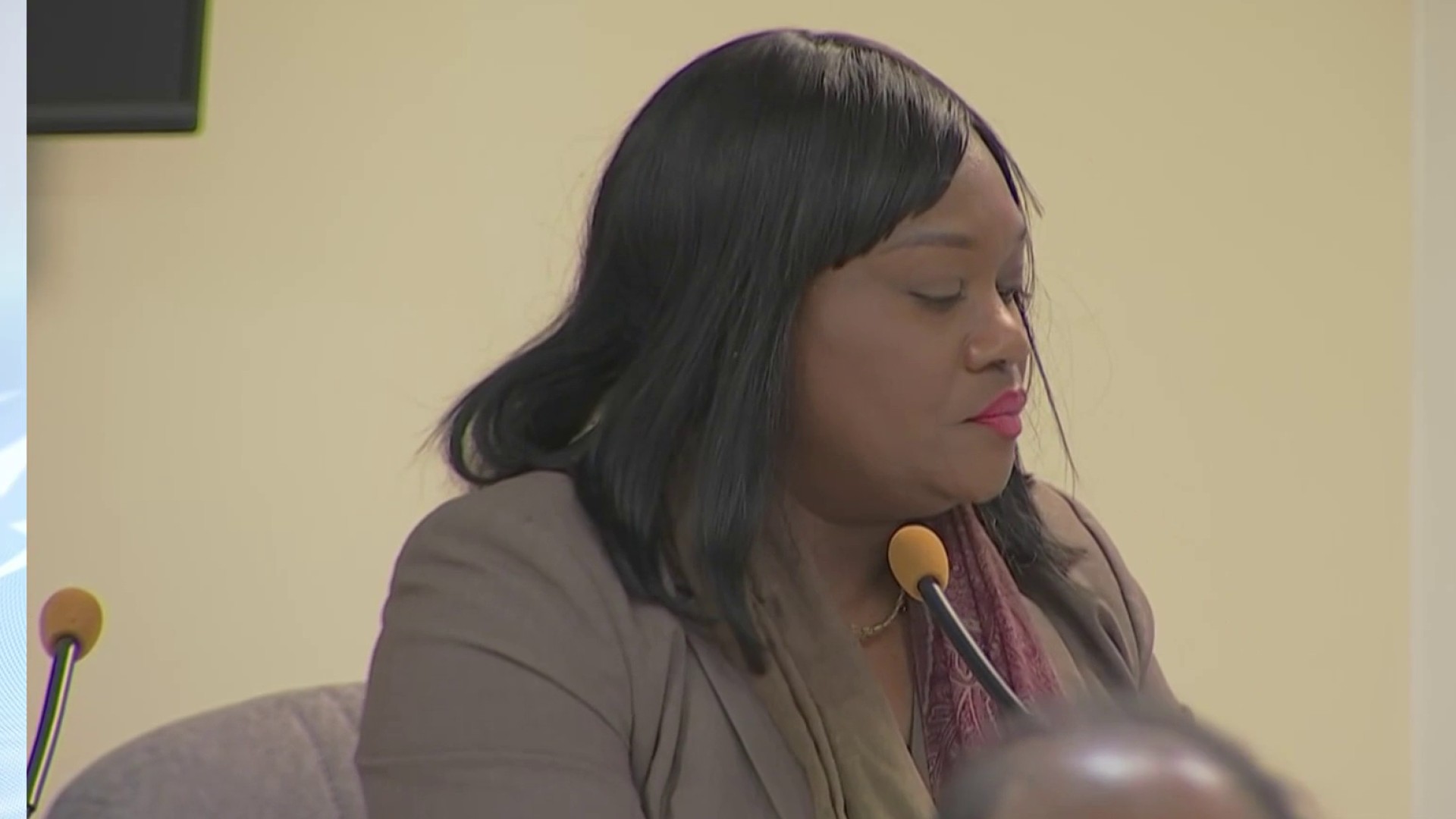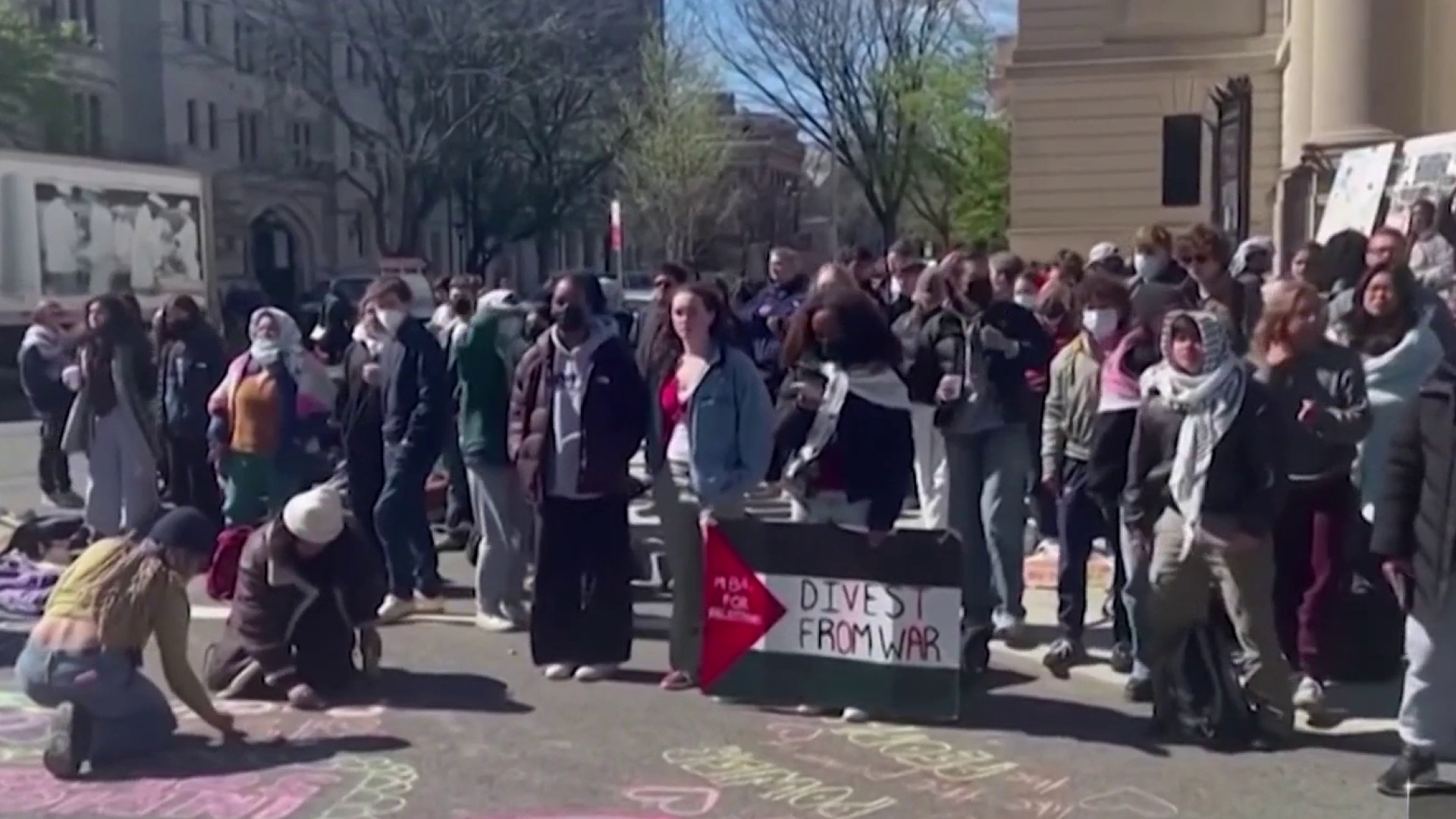A new rainforest exhibit is one of many features of the Brandywine Zoo's multi-million dollar redesign.
The makeover is all part of the state-owned zoo's master plan. Completed in 2007, the plan was temporarily placed on hold following the economic downturn in 2008. However, when a huge oak tree fell on top of the zoo's monkey house in July 2013, zoo officials decided to accelerate the plan's original timeline.
Zoo Director Gene Peacock said that when the tree destroyed the monkey house,it displaced dozens of monkeys and birds and took away space from the location where the zoo kept some of its warm-climate animals during the winter months.
"The tree destroying the monkey house kind of pushed our hand, that we had to act even on a larger scale," Peacock said.
Bill Montgomery is the executive director of the Delaware Zoological Society, the organization that manages the state-owned zoo. He said the goal of the master plan is to enhance what the zoo has to offer without sacrificing its charm.
"What all of us on the zoo team want to do is try and make the Brandywine Zoo the best small zoo in America, and we have reason to believe we can do that," he said.
Rather than the current layout of the zoo, which has one way in and one way out, Montgomery said the ideal is to create a loop system that would take visitors to various levels.
Local
Breaking news and the stories that matter to your neighborhood.
"It would give us room for larger exhibits, it would give us room to really expand some of the animal offerings here and the species that are offered in the zoo," Montgomery said.
The overhaul would not require the zoo to expand beyond its current footprint. Instead, Montgomery said the plan will take advantage of the roughly 13 acres of usable vertical space.
Four biomes
The longer-range portion of the plan calls for creating four environments or biomes, which include wetlands, drylands and both tropical and temperate forests. Montgomery said the biomes play into the master plan's theme of water and how animals adapt to environments with varying degrees of water.
An 8,000-square-foot rainforest was chosen as the first of those biomes to be built.
"The rainforest building, because it's contained, because it's got a lot of keeper space and animal holding and all those things, it's a major piece of it, so the decision was made to start with that," said Montgomery, who hopes the immersive exhibit will make visitors feel like they're on the banks of the Amazon River.
Renderings show the rainforest will have a thatched roof hut similar to those found along the Amazon in South America. The hut will serve as an education station. The exhibit will also have an elevated viewing platform putting a visitor in the middle of the exhibit with free-flying birds overhead.
Located where the current llama and rhea exhibit is along N. Park Dr., the glass-enclosed space will also give the zoo a year-round presence during the winter months, a time of year when attendance typically drops off.
"People will be able to come to the zoo year-round; when it's 10 or 15 degrees outside, you go hang out in the rainforest. But more importantly, it becomes a destination," Peacock said.
Many of the animals the zoo already has will move into the exhibit, like their prehensile tail porcupines, the sloth, their toucans and other birds. Peacock said the exhibit will also allow them to bring in other animals native to the Amazon, such as a jaguar.
$10M price tag
Zoo officials estimate the immersive exhibit will cost $10 million. Montgomery hopes to launch the capital campaign before the year's out. In the meantime, he has already begun talks with foundations, corporations and wealthy individuals.
"We need the state's support; bond bill committee will be very important to us over the next couple years," Montgomery said.
On average, 80,000 people visit the zoo each year, but Peacock said these improvements will increase attendance into the six-figure range.
He said that there has already been a 20 percent uptick in visitors since the addition of new animal exhibits, which include new red pandas and bald eagles.
"The rainforest is sort of the key in the redevelopment and design of the new Brandywine Zoo. It will serve as an attraction to bring people in and be the catalyst to expand and eventually double the size of the zoo over the next decade," Peacock said.
While momentum gains, groundbreaking remains a few years away. Zoo officials predicted that the rainforest exhibit would be completed in 2018 or 2019.
This story is reported through a newsgathering partnership between NBC10.com and NewsWorks.org.



